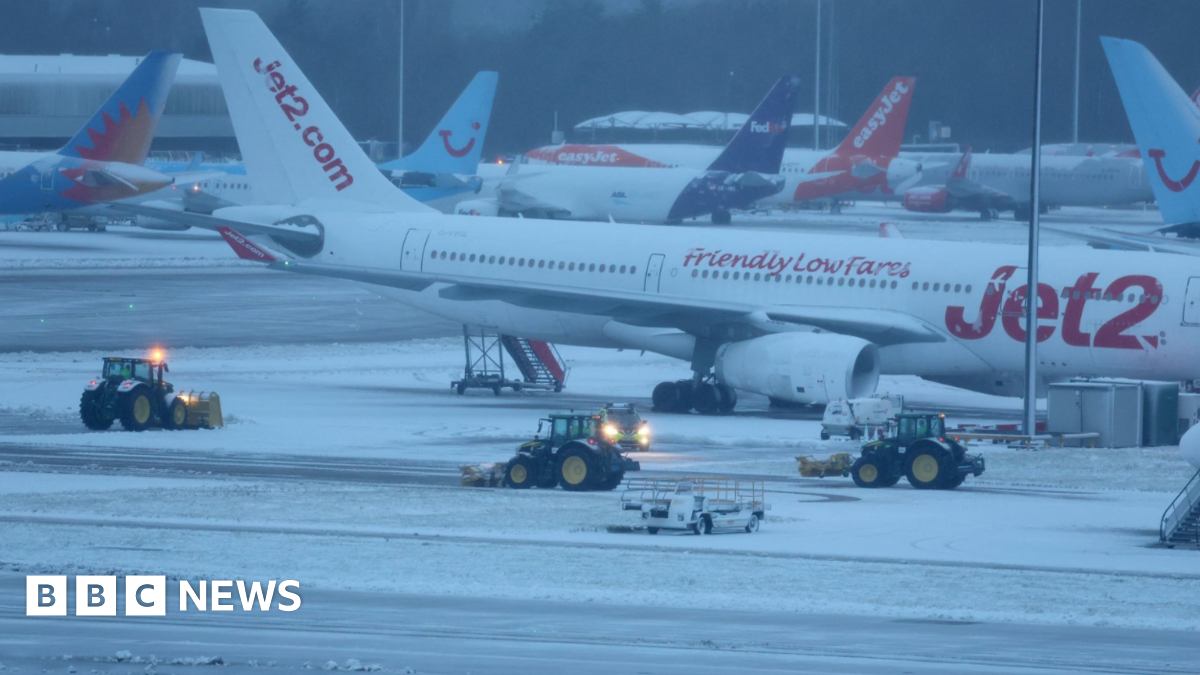New York is expensive, we all know that. But to rent comfortably in the Empire State, you need to make more than $135,000, according to Moody’s. In 2019, the necessary income was around $111,000, so there’s been about a 22% increase in only five years.
Renting comfortably is defined as spending no more than 30% of your earnings on housing, and that’s becoming much more difficult across the country because rents are high and incomes haven’t always kept up. For instance, in Massachusetts, you need to make more than $113,000 to afford your rent. But, the “median household income in the state of New York and Massachusetts do not support living in an average priced apartment without burden,” a Moody’s analysis read.
In California, you need to earn around $95,000 to pay your rent without entering into rent-burdened territory, and surprisingly, the median income for the state is slightly higher than that. But still, renters are struggling—more California renters spend over half their income on rent compared to tenants in all but two other states, according to the Public Policy Housing Institute of California.
The rest of the most expensive areas are as follows: New Jersey, Washington, D.C., Hawaii, Washington, Connecticut, Illinois, Florida, and Virginia, where the income needed to rent comfortably ranges from roughly $88,000 to around $69,000.
So here’s the deal: Rents rose dramatically throughout the pandemic. In 2022, half of all renter households were considered cost-burdened, totaling 22.4 million renters, the highest on record. And the number of severely cost-burdened renter households hit an all-time high of 12.1 million in the same year. “While rents have been rising faster than incomes for decades, the pandemic-era rent surge produced an unprecedented affordability crisis,” an earlier report from Harvard University’s Joint Center for Housing Studies read.
But the first half of this year saw a reversal—rents declined while incomes increased. Incomes rose across all metropolitan areas (in San Francisco, they actually rose more than 5% because of an “above-average concentration in high-paying technology jobs,” Moody’s said). Rents, on the other hand, declined in 45% of metros. This isn’t to say things are alright in the world of renting—they’re not. The rent-to-income ratio, nationally, has alleviated some. But it is still higher than it’s generally been for the past two decades. So there are several metropolitan areas still burdened by sky-high rents.
The New York metropolitan area has a rent-to-income ratio nearing 58%; in Miami, it’s almost 37%; and in Los Angeles, it’s roughly 32%. The list goes on, with northern New Jersey, Flagstaff, Naples, Boston, Westchester, and Palm Beach, all above that 30% threshold.
“Housing shortage and desirability to live in the densely populated urban core pushed New York metro’s average rent up by nearly 2% over the year,” the analysis states, to an all time high close to $4,200. Income, however, rose 1.4%, “the slowest among all primary metros.”
So where do we go from here? Moody’s suggests: “Nominal income will continue to grow at a faster rate than rent, easing the headline rent-to-income ratio over the next few years.” That’s great, but we are missing millions of homes, and a recent boom in the construction of apartments has sort of peaked. Multifamily projects are down, and while demand has cooled, too, people will always need a place to live, and there isn’t much affordable housing to go around—in New York, only about 11% of its housing is affordable.
Credit: Source link











